Indoor plants and home flowers are jewelry of any home. But to create your small botanical garden, it is necessary to make a lot of effort. In order for the flowers to please the eye, it is necessary not only to create a comfortable environment, but also to properly plant and transplant plants. An important role is played by the choice of time for transplantation. In this article, we will consider how the lunar calendar helps to choose a good day.
Content
- Transplanting indoor plants on the lunar calendar 2017
- Lunar calendar transplanting indoor plants: January 2017
- Lunar calendar transplanting indoor plants: February 2017
- Lunar calendar transplanting indoor plants: March 2017
- Lunar calendar transplanting indoor plants: April 2017
- Lunar calendar transplanting indoor plants: May 2017
- Lunar calendar transplanting indoor plants: June 2017
- Lunar calendar transplanting indoor plants: July 2017
- Lunar calendar transplanting indoor plants: August 2017
- Lunar calendar transplanting indoor plants: September 2017
- Lunar calendar transplanting indoor plants: October 2017
- Lunar calendar transplanting indoor plants: November 2017
- Lunar calendar transplantation of indoor plants December 2017
- Home flowers: Lunar calendar transplant 2017
- Transplanting orchids on the lunar calendar 2017
- Lunar calendar transplantation of violets 2017
- We will summarize
- Video
Transplanting indoor plants on the lunar calendar 2017
Even in antiquity, a huge impact of the satellite of our planet on all the processes occurring on Earth was noted. Of course, such an aspect as crop production was no exception. The moon, rotating around the earth, at the same time moves around the sun. This is the same lunar cycle. Moving around the circle of the earth, the moon takes a certain position relative to the sun. In other words, certain lunar phases pass.
It was noted that the position of the moon has an impact on both growth intensity and flowering of a particular plant. Based on observations of the lunar movement, the so -called lunar calendar was created. The lunar cycle lasts one month. The following types of lunar phases are distinguished: the new moon, then the growing moon, then the full moon and, finally, the waning moon.
Since the lunar calendar does not coincide with the solar calendar familiar to us, every year the same lunar phase takes place on different days of the month. This, of course, creates certain difficulties in determining the position in which the moon is now. As a basis, we can use the old sign, which was also used by our grandparents. If from the like -like horns of the month it turns out to make the letter P, then this is a growing moon. If the month is more like the letter C, it is a waning moon phase or aging.
However, for such observations, of course, we must count on cloudless clear weather. If with observations of the Earth’s satellite we are not lucky because of the clouds, there are enough resources on the Internet to accurately determine the current lunar phase.
What causes the influence of the moon on transplanting and plant growth? During global consideration, not only the ebbs and tides of the oceans depend on the moon, but also the movement of all liquids on Earth. And plants, like any living organism, contain water. In the first lunar phase, that is, two weeks from the moment of the new moon, the water level gradually rises. In all plants during this period, what is called ascending sapotage, that is, the movement of fluid from the roots of the plant to the foliage occurs. Of course, during this period the plant is gaining strength, rapid growth occurs. The maximum of this growth is achieved on the full moon.
Let us consider in more detail each lunar phase.
- The new moon in time lasts about one and a half days. The moon is practically not visible. The gravity forces of the Moon and Sun develop together, due to which the concentration of plant juices is in the root part and at the base of the plant barrel. Since all juices are concentrated in the roots, it is during this period that you can do anything with the leaves and with the stems of the plant. But transplantation should be avoided, since the roots can be damaged.
- Growing moon. During this period, the roots are already less vulnerable and do not react so much to transplantation. Plant juices begin to move from the root system up the stem, due to which the development of the ground part of the plant begins. During this period, water and nutrition are needed. You can transplant the plant, since it is subject to rapid development and will move faster from all traumatic procedures.
The full moon lasts from day to one and a half days. The moon looks like a disk. The concentration of all the forces and energy of the plant is in the ground part. But the roots undergo a test related to the lack of energy in them. During this period, the plant needs abundant watering. The vitality of the roots is reduced.
And finally, the last phase of the moon is waning. Due to the reduction in the attraction of the Moon, increasing force gravity of the Earth creates increased soil moisture. Energy and juices move from leaves to roots. The period of rest begins. It is necessary to reduce the frequency of watering.
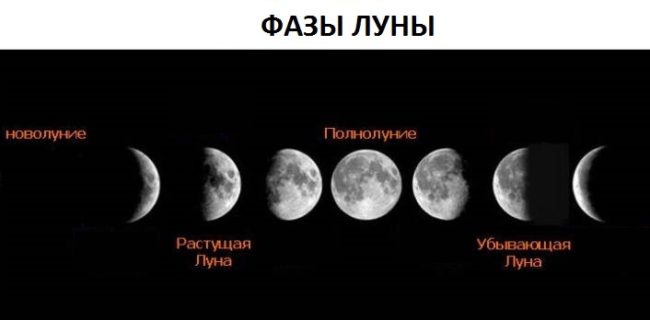
Lunar calendar transplanting indoor plants: January 2017
The winter period is the most difficult season. Dry air, fever, drafts and lack of light - these are the danger to the health of the plant in winter. To avoid them, the following rules must be followed:
- Moisturization. It is necessary to spray with water the leaves of the plant themselves and the space around the flower. For example, if your flower stands on the windowsill, spray water along the surface of the windowsill around the pot. Thus, you will not only increase air humidity, but also reduce the risk of specific types of pests.
- Draft. Ventilation of the room is necessary for both human health and plant. But just like a person, a plant cannot be near the window while it is open. Rest the pot to another place, and after ventilation, return it back.
- Lighting. In the winter months of sunlight, there are very few. If you do not have special daylight lamps, put the pot closer to the window. In the frosts between the window and the plant, a special transient film is pulled. In a weakly heated room, remove the pot for the night, and in the morning put back.
- Good days from 1 to 11, as well as at the end of the month from 28 to 31 January.
- From January 13 to 27, they are considered unsuitable days for transplantation, only watering and top dressing. January 12, it is better to leave the plant completely at rest.
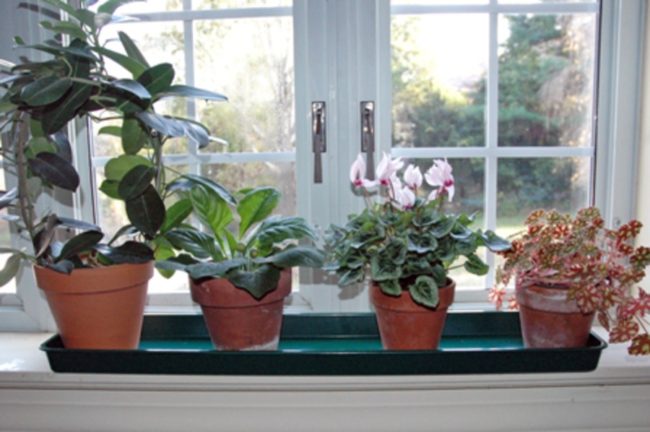
Lunar calendar transplanting indoor plants: February 2017
- Favorable days from 1 to 10 and from 26 to 28 February.
- Unfavorable days 11 and 25.
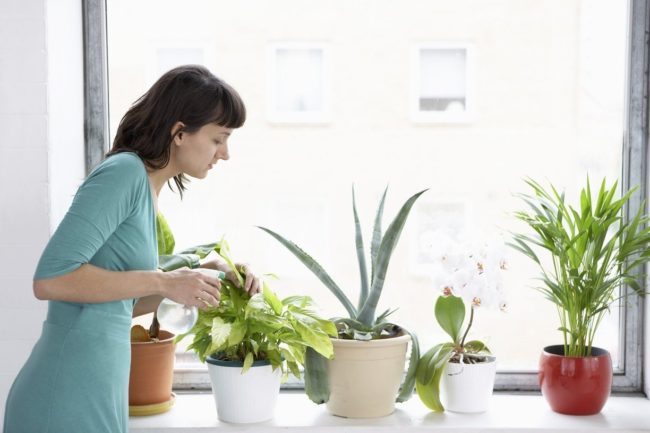
Lunar calendar transplanting indoor plants: March 2017
Spring comes, which means that you can safely take on a transplant of the plant. This is due to an increase in daylight hours. You should slightly increase watering and continue to fight dry air in the room until the heating is completely turned off. For constant air moisture, you can buy a special device. Also do not forget to use various top dressing.
- The second half of March is absolutely suitable for all manipulations with the plant.
- On March 12, it is necessary to exclude any actions that will lead to stress.
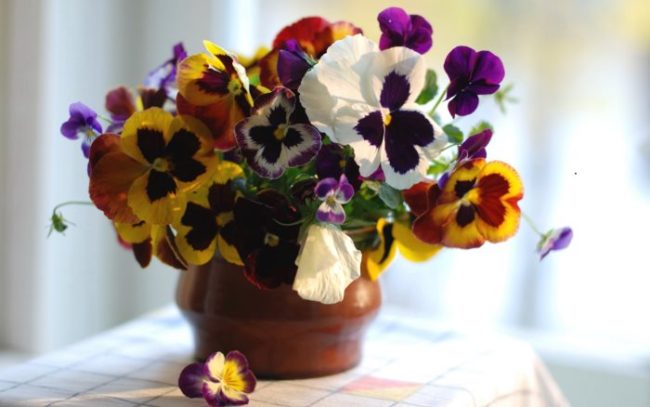
Lunar calendar transplanting indoor plants: April 2017
This month of spring is great for transplanting. Good days 1, 2, 3, 4, 6, 7, 10, as well as from April 26 to 28. Exclude contacts with plants on April 11.
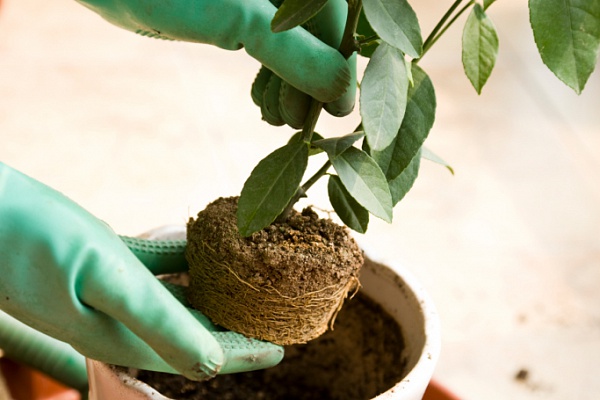
Lunar calendar transplanting indoor plants: May 2017
Every month it is getting warmer and warmer, the day hours increase, which means that there are more days to leave. Flowers transplanted in early May, namely from 1 to 10, as well as 25, 26, 29 and 30, will take root perfectly.
From 12 to 24 May, you should not transplant plants.
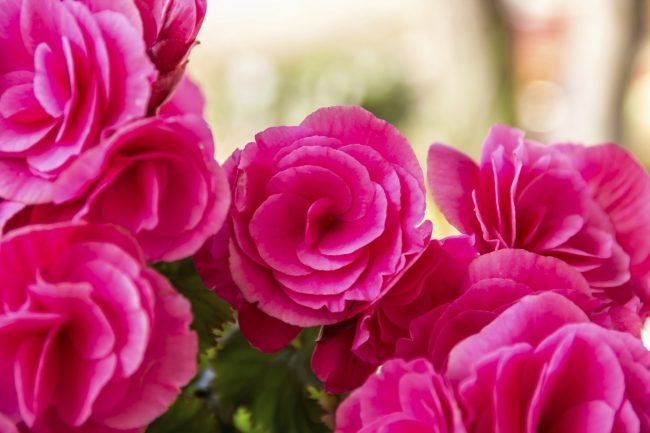
Lunar calendar transplanting indoor plants: June 2017
So, the spring is over, and summer has come. But this does not mean that in the summer months it is contraindicated to change the habitat to the plant. This must be done more carefully, since the time of flowering begins in the summer, and any careless action can harm.
Select the following dates - from 1 to 8 and from 24 to 30 June. Unfavorable - from 10 to 23 June.
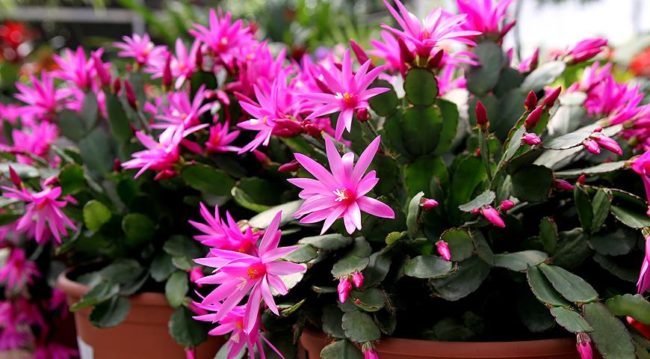
Lunar calendar transplanting indoor plants: July 2017
In the yard, July is the hottest month. The plant needs to ensure constant watering and moisturizing. It is better not to choose this time for transplanting. But if you can’t do without a change of soil, then you should prepare very carefully and seek help from the lunar schedule. Favorable days from July 1 to 5 and from July 24 to 27. It is worth completely abandoning the transplantation process from July 10 to 22.
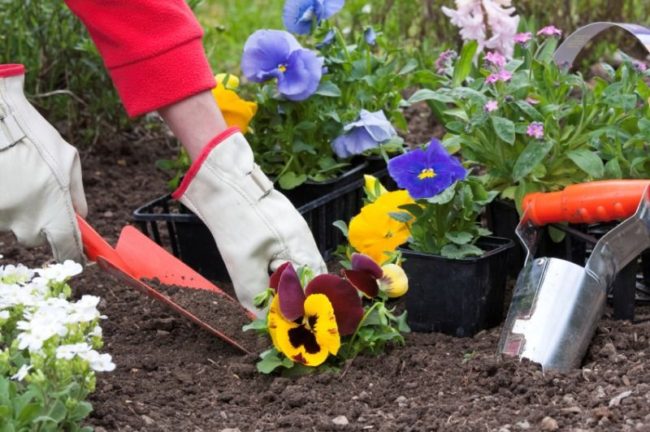
Lunar calendar transplanting indoor plants: August 2017
The third summer month is less hot than July. The temperature is declining, the precipitation falls more, the humidity in the air increases, respectively, the number of days for transplantation also increases. Plants will perfectly take root in the period from July 1 to 6 and from July 22 to July 29. But it is worth abandoning the thought of transplantation from July 7 to 21.
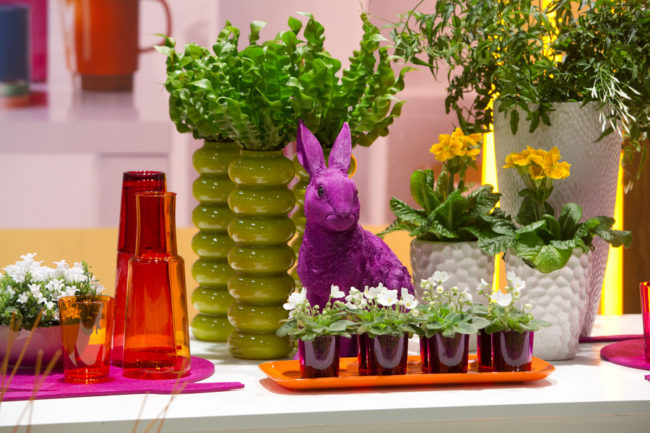
Lunar calendar transplanting indoor plants: September 2017
To increase the stability of the roots to cold, the soil should be updated in September. And, although the transplanted plant will take root perfectly, it is worthwhile to take the choice of the day more thoroughly.
Plan a transplant should be from September 1 to 5, as well as from September 20 to 27. From September 6 to 19, unfavorable days.
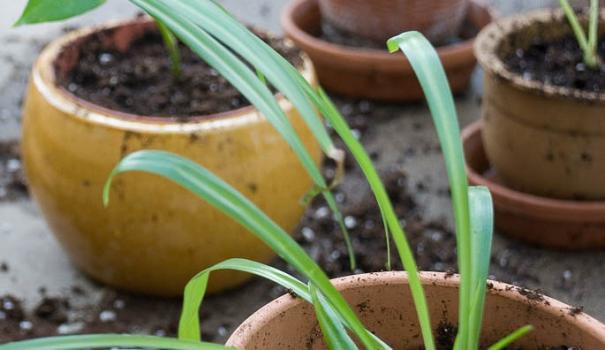
Lunar calendar transplanting indoor plants: October 2017
In October, plants are dreaming. It is necessary to slowly reduce watering. Starting in October, plant transplantation is not recommended. But, if you can’t do without a transplant, choose one of the favorable days from October 1 to 4, as well as from October 18 to 30. Transplantation is unsuccessful from October 5 to 17.
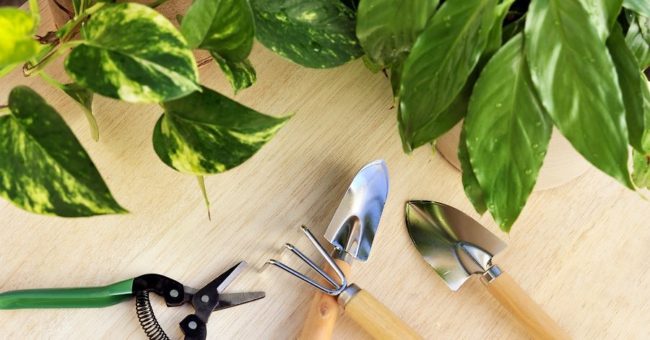
Lunar calendar transplanting indoor plants: November 2017
This month, like October, is not the best time for transplantation. But a successful outcome is provided if the change of soil will occur from November 1 to 3 and from November 18 to 30. Unfavorable days from 5 to 17 November.
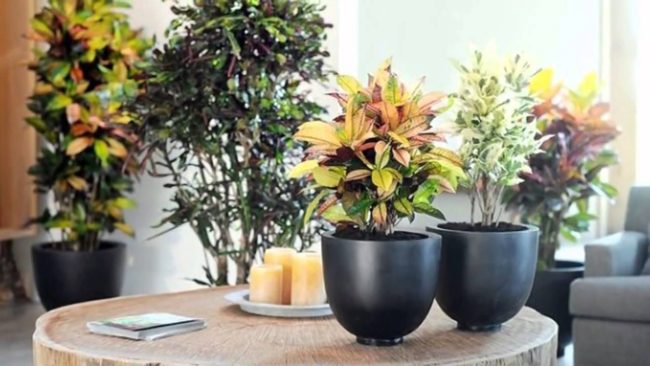
Lunar calendar transplantation of indoor plants December 2017
In winter, the plant tolerates the plant very hard. Any injury of leaves, stem or roots can turn into tragedies for the plant. But, if the transplant is extremely necessary, it is worth choosing December 1, 2, as well as the period from 18 to 31 December. Adverse days from December 3 to 17.
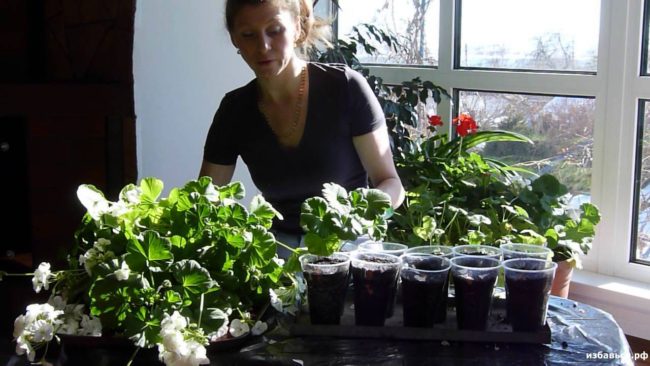
Home flowers: Lunar calendar transplant 2017
Although the transplant is not the fastest, but, most importantly, a pleasant activity, this must be done regularly. Then your plant will always delight you not only with healthy and strong leaves, but also with bright colors.
Usually transplanted for several reasons. Firstly, to supply roots with the necessary oxygen. Secondly, not only the ground part of the plant grows over time, but also the rhizome. Therefore, in order to ensure a healthy growth of the flower, it must be transplanted into the pot as necessary.
This is not to say the exact time when the indoor flowers should be transplanted. It depends on many factors. For example, if the flower is young, it grows quite quickly, therefore, in a year it must be transplanted. Since during the year he is formed and the growth of the root system, so a pot of larger volume will be needed.
If the plants are already old, frequent transplant, on the contrary, can harm the flower. For no apparent reason, do not bother them.
The optimal period for transplanting is spring, namely the first two months. During the spring period, the flower will get used to and adapts to the ground, and in the summer it will strengthen its root system and will grow. Do not transplant indoor flowers in the winter. Due to the cold and lack of enough sunlight, metabolic processes slow down, and the flower may not transfer stress. In addition, if the plant blooms, it is strictly impossible to transplant it. Although there are exceptions to the rules, for example, an orchid or, as it is also called phalaenopsis.
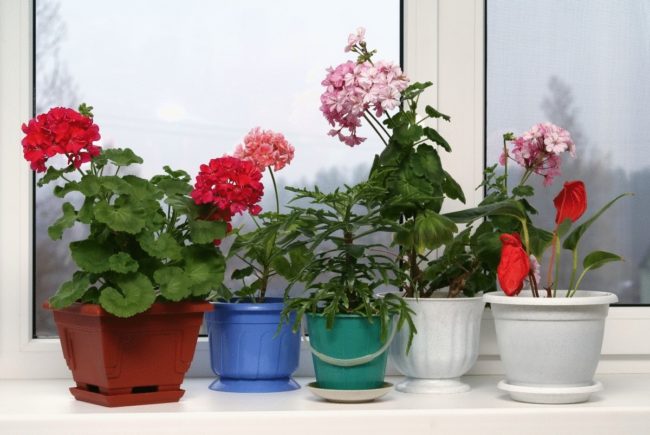
Transplanting orchids on the lunar calendar 2017
Falenopsis or orchid is one of the most beautiful and popular domestic plants. Many designers use it as one of the interior decorations. And it's not easy. Due to the large number of varieties and colors, an orchid can be not only a conventional decoration, but also one of the attributes of the interior. In addition, the flowering period with proper care reaches 10 months. The orchid can be safely called the pride of the gardener. The orchid has an interesting character. She is not demanding in everyday life. It is not necessary to put it on the windowsill. If the room is quite light and well ventilated, a pot with a plant can be determined in the center of the room. The only thing that orchid does not like is direct sunlight. Better diffused light.
And the orchid must be transplanted with enviable regularity. Since the roots grow rapidly, there is a depletion of wood bark or wood soil.
The orchid must be transplanted in the following cases: air roots begin to form, yellow spots appear on the leaves and orchid does not bloom for 3 months.
Unlike other colors, the orchid can be transplanted when it blooms. The transplant will not affect the further color of the plant. But first, you need to cut by about 2 cm all the pedunks.
For a transplant, choose a spring month. But if it is extremely necessary to do this in the winter or in any other month, you must definitely cheat with the lunar calendar and choose one of the favorable days.

Lunar calendar transplantation of violets 2017
A home violet is a decoration of any home. It takes up little space, but is not inferior in beauty to other flowering domestic plants.
Violet is a completely undemanding flower. It is not demanding on light, does not need constant enrichment with organic substances, adapts well to temperature in the room. But in order for the violet to please with her beautiful flowers, she needs a competent transplant.
There are several factors by which it is possible to determine the need for transplantation: it is a white plaque on the ground and densely entwined with the roots of a lump of earth. These signs show that there is a lack of air duration of the soil and the present excess minerals in it. These troubles can lead to poor growth of violet and death of the plant.
The violet, unlike orchid, cannot be transplanted during flowering. The flowering plant indicates the fact that it is comfortable in this pea. Therefore, in order not to harm, wait until the violet bakes.
The transplantation of a flowering violet can only be done if it needs to be urgently saved. To do this, moisten the land and use a special method called the transshipment.
Violet transplant can be carried out in any month. Although in winter, due to a lack of sunlight, the plant may have a problem with adaptation. Best of all, violet, like another indoor plant, takes root in the spring. To choose the most favorable day, you should contact the lunar calendar.
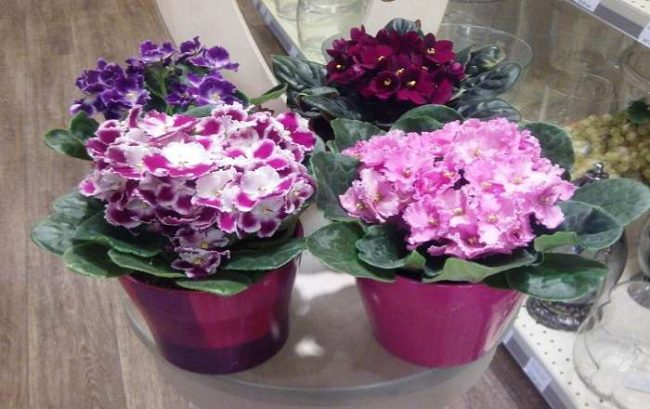
We will summarize
Of course, if necessary, the indoor plant can be transplanted in any month and in any season. But if there is no emergency case, such as as the death of a plant, it is better to wait for spring and transplant flowers through the lunar calendar. After transplanting any indoor plant, it should provide complete comfort, namely the absence of drafts, access to sunlight and high humidity.









Comments
a couple of years ago, there was no side of metrogils from the same problem, there were no side effects ...
I’m not a fan of peeling at all, it saves from acne of metrogil, it also smoothes it ...
Great article! ...
I take the second course of the Capsules Climafite 911. The tides went very quickly. It became calmer, irritability went away and I sleep well ...
i also noticed - it is worth nervous, everything immediately affects the face. Therefore, I try to avoid conflicts and unpleasant people. Of the creams, I like Miaflow from wrinkles - smoothes not only small wrinkles ...